About the Initiative
Taking a united approach toward recovery
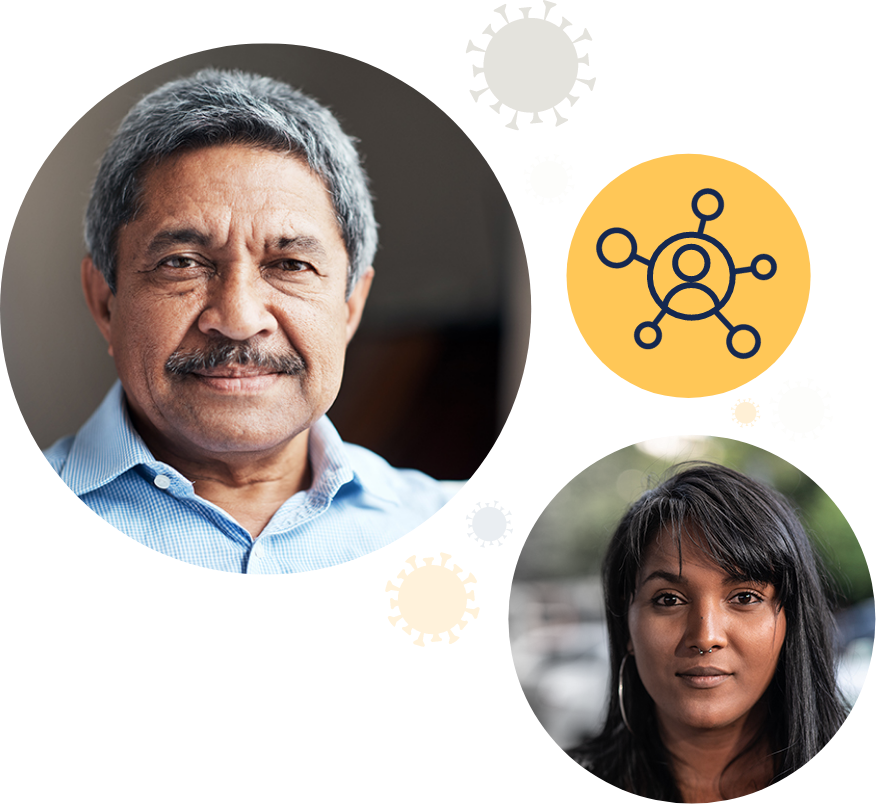
What is RECOVER?


Comprehensive
RECOVER studies involve tens of thousands of people from different backgrounds and all walks of life, hundreds of research investigators, and millions of electronic health records (EHRs). Findings from each RECOVER study type inform the other RECOVER studies to accelerate our understanding of Long COVID.

Patient-Centered
Patients, their families, and caregivers play critical roles in RECOVER research. By sharing their experiences and perspectives, they help us understand why Long COVID impacts people in different ways.

Adaptive Research Network
RECOVER’s mission is to address the widespread and varied impacts of Long COVID. Taking a multidisciplinary, large-scale approach allows us to address the complexity of Long COVID and find solutions for everyone.

Integrated Study Design
RECOVER research findings are compatible across all RECOVER studies. Study protocols are the same for each study type at each RECOVER research site. In this way, RECOVER researchers can learn from each other’s research and get more answers about Long COVID more quickly.
From August 2022 to February 2025, RECOVER was also part of the whole-of-government response to the longer-term impacts of COVID-19 including Long COVID and associated health conditions. The Office of Long COVID Research and Practice (OLC) within the U.S. Department of Health and Human Services (HHS) led this response. RECOVER collaborated with the OLC and 13 other federal agencies and departments to produce answers to urgent questions about the physical, psychological, emotional, social, and economic impacts of Long COVID.
Scientific Aims
01
Understand the range of recovery from Long COVID and changes it can cause in our bodies over time.
02
Define risk factors, understand the number of people getting Long COVID, and determine whether there are specific, different Long COVID types.
03
Study how Long COVID changes over time and how those changes may relate to other illnesses.
04
Identify possible treatments for Long COVID symptoms.
How Does it Work?
Research Components & Information Exchange
RECOVER is unprecedented in its size and scope. It includes the world’s most comprehensive and diverse cohort of Long COVID patients. RECOVER researchers are studying a collection of more than 60 million EHRs for insights about those who received care during the pandemic. RECOVER also enrolled 20,000 adults, pregnant women, and children in cohort studies and leveraged existing community-based studies to include 60,000 more people.

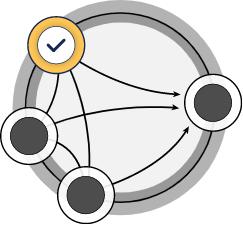
Learning from People
- Cohort and Community-based Studies
- Autopsy/Tissue Pathology Studies
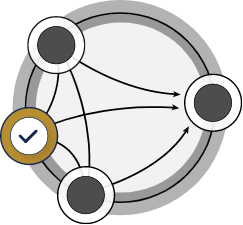
Clinical Science
- Pathobiology
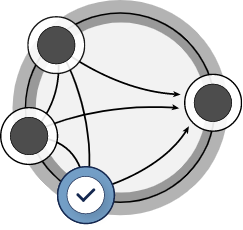
Real World Data
- Electronic Health Records (EHR)
- Digital Health Program
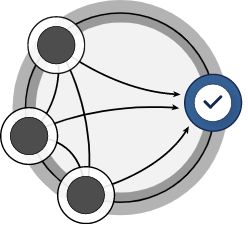
Studying Treatments
- Clinical Trials
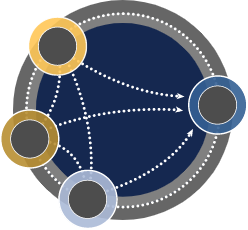
All Data Shared
Data is shared between the different types of RECOVER research to inform clinical trials.
RECOVER is combining data from 4 different types of studies to understand what’s happening in the body when people have Long COVID. These data include insights from studies of people and of real-world health data, the results of more than 40 pathobiology studies examining more than 50 types of tissues, and the results of autopsies and tissue pathology studies.
RECOVER is also using the findings from each of these study types and from patient experiences to inform the development of integrated platform clinical trials. The clinical trials will identify possible treatments to help with Long COVID symptoms.
Progress to Date
Created one of the world’s largest and most comprehensive cohorts of Long COVID study participants.
New discoveries about Long COVID symptoms, who has Long COVID, why some people are more at risk of getting Long COVID, and how Long COVID can affect people differently.
Launched Ancillary Studies to answer more questions about Long COVID using data and biospecimens.
Gained insights from cohort studies, which met enrollment goals for adults, to inform clinical trials.
Launched clinical trials to develop interventions and evaluate treatments for symptoms of Long COVID.
Research findings in plain language. View easy-to-read summaries of RECOVER research publications
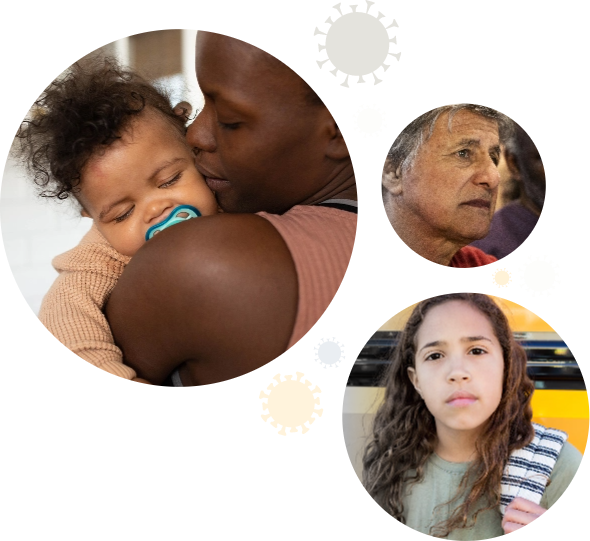
What's to Come
More publications showing RECOVER’s progress toward understanding, diagnosing, preventing, and treating Long COVID. Explore research findings in publications
More testing of potential treatments for Long COVID symptoms via RECOVER-Treating Long COVID (RECOVER-TLC). Help inform the next phase of RECOVER clinical trials
Answers to new questions about Long COVID using data and biospecimens. Discover how ancillary studies will expand RECOVER’s scope
Continued sharing of research findings with researchers beyond RECOVER through the R3 Seminar series. See upcoming R3 seminars
Continued exploration of data shared by adults and children taking part in RECOVER studies. Access RECOVER observational study data
Continued involvement of patients, caregivers, and community members in the research process. Learn about Community Participation in RECOVER


